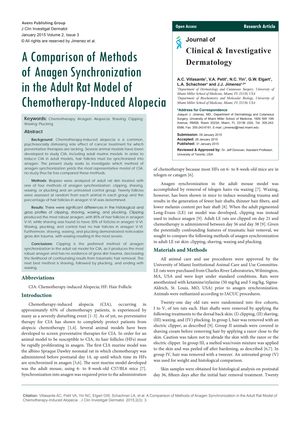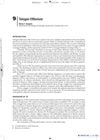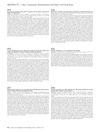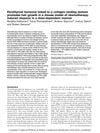A Comparison of Methods of Anagen Synchronization in the Adult Rat Model of Chemotherapy-Induced Alopecia
January 2015
in “
Journal of clinical and investigative dermatology
”

TLDR Clipping is the best method to prepare rats for studying hair loss from chemotherapy because it causes less skin damage and effectively gets hair to the right growth phase.
In a study from 2015, researchers investigated different methods of anagen synchronization in adult rats to create a representative model for studying chemotherapy-induced alopecia (CIA). They compared four methods: clipping, shaving, waxing, and plucking, alongside an untreated control group. The study found that clipping was the most effective method, resulting in 85% of hair follicles entering anagen V-VI, the desired growth phase for the model. Shaving was the second most effective, with 30% of follicles reaching anagen V-VI. Waxing, plucking, and the control group did not induce the anagen phase. Additionally, shaving, waxing, and plucking caused noticeable skin trauma, with waxing being the most severe. The study concluded that clipping is the preferred method for anagen synchronization in adult rat models for CIA research due to its ability to robustly induce anagen without causing skin trauma, which could confound results.




